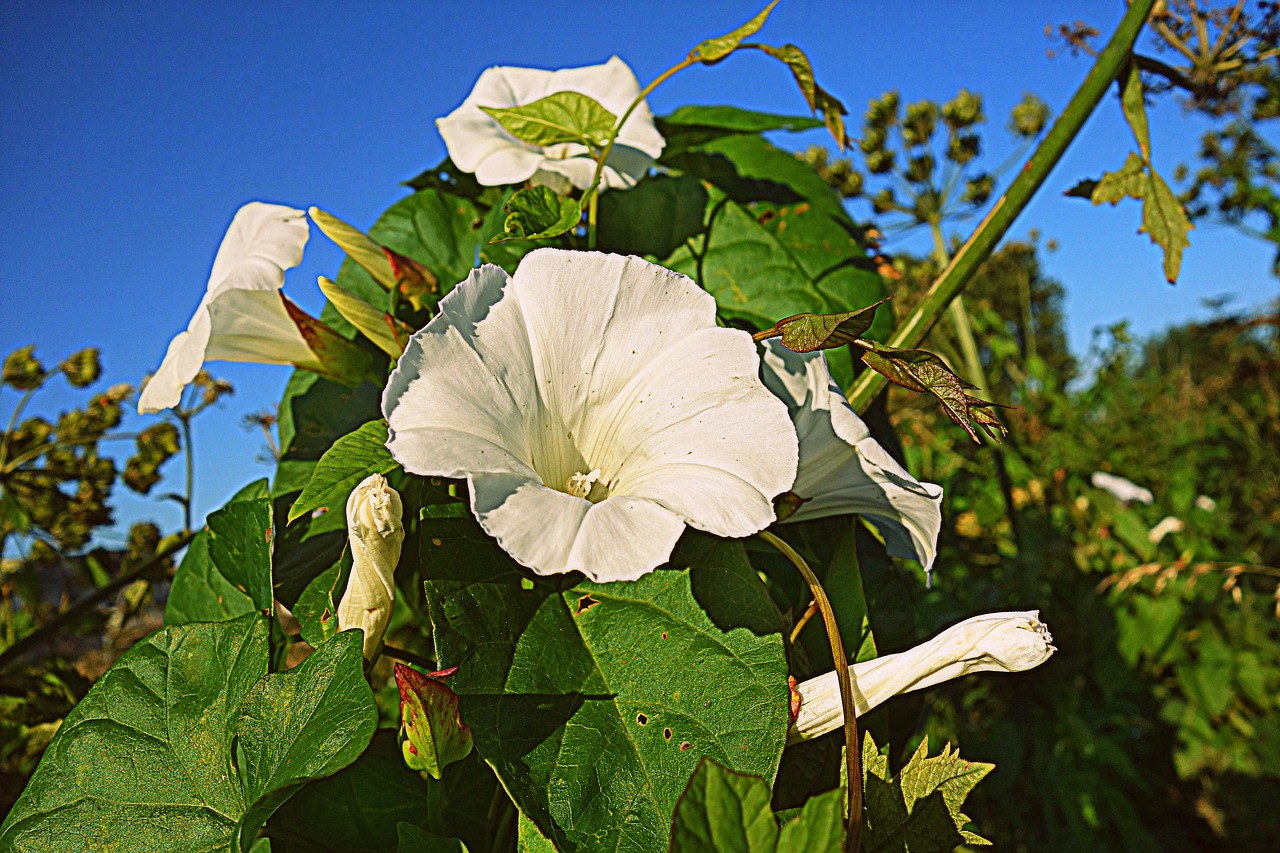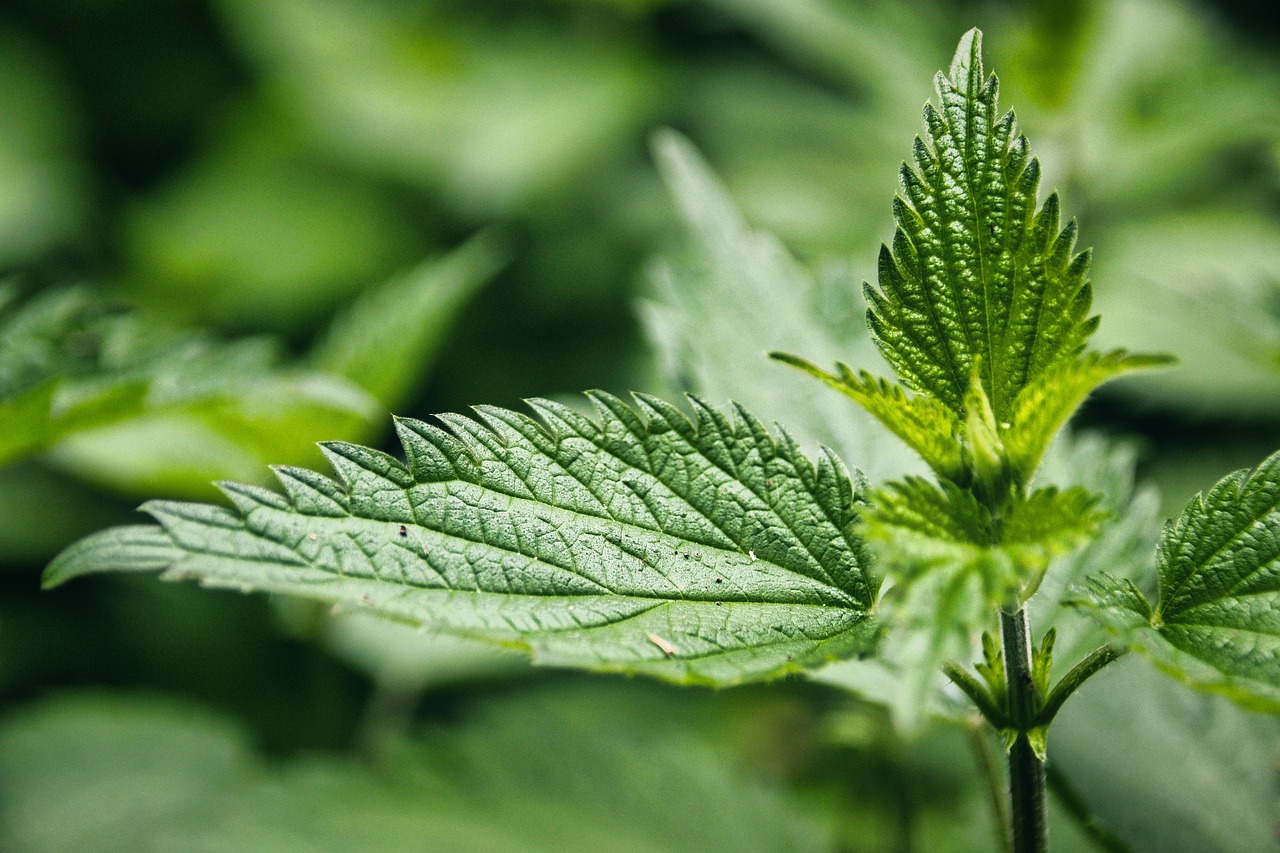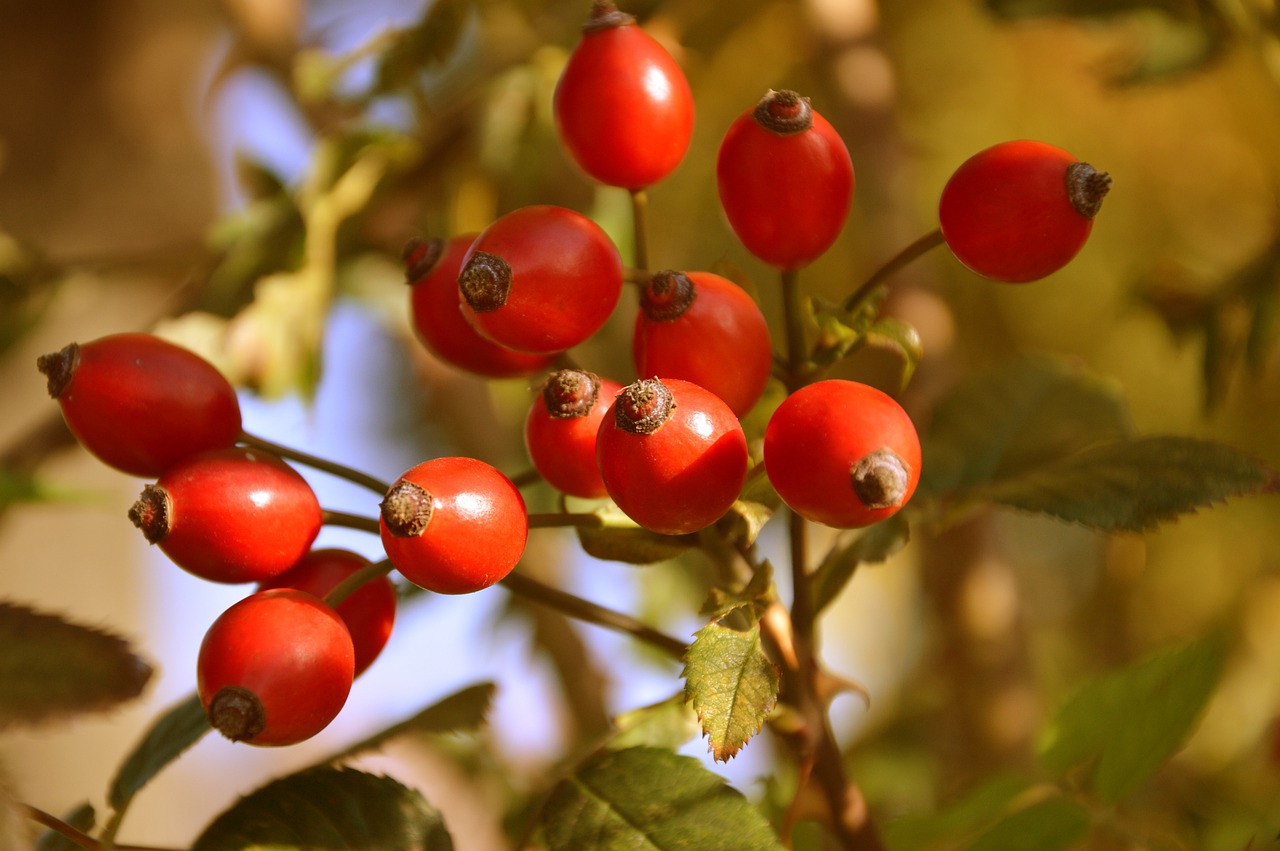
Bindweed (Convolvulus spp.) can be used to create fiber, although it is not a common or traditional source of fiber compared to plants like flax, hemp, or cotton. Bindweed, particularly hedge bindweed (Calystegia sepium) and field bindweed (Convolvulus arvensis), have fibrous stems that can be processed to extract fiber. However, the quality and quantity of fiber obtained from bindweed are generally lower compared to more established fiber plants.
The process of extracting fiber from bindweed would involve harvesting the plants, retting (soaking to break down the softer tissues), and then separating the fibrous strands from the rest of the plant material. The fibers could then be spun into thread or cord, though they might be more suitable for rough, utilitarian purposes rather than fine textiles.
Historically, bindweed has not been widely used for fiber production due to its invasive nature and the availability of more efficient and productive fiber plants. However, in situations where other sources are unavailable, bindweed could be used as an emergency or supplementary fiber source.
While bindweed is not a commonly researched plant for fiber production, and there is limited scientific literature on this specific use, I can guide you toward related sources that discuss the fiber potential of various plants, including those in the same family as bindweed. The following references and sources might help you explore the concept of using unconventional plants like bindweed for fiber:
- “Fiber Plants: Research and Utilization” by G.M. Sharma and B.N. Gupta (1992). This book provides a comprehensive overview of fiber plants, including discussions on lesser-known species. It might give insights into the potential of unconventional plants for fiber production.
- “The Handbook of Natural Plant Fibres” edited by Ryszard M. Kozlowski (2012). This handbook covers various natural fibers, including some that are not traditionally used. Although bindweed might not be specifically mentioned, the general principles of fiber extraction and utilization discussed in this book can be applied to a wide range of plants.
- “The Biology and Control of Bindweed” by L.F. Bailey (1924). This classic text might not focus on fiber production but could provide insights into the properties of bindweed, which can be extrapolated to its fiber potential.
- Journal Articles on Alternative Fiber Sources: Search databases like JSTOR, ScienceDirect, or Google Scholar using keywords such as “bindweed fiber potential,” “alternative fiber plants,” or “fiber extraction from invasive plants.” While you might not find direct references to bindweed, you can find articles discussing the fiber properties of similar plants, which can provide useful context.
- Ethnobotanical Studies: Ethnobotanical research often explores the traditional uses of plants, including fiber production. You might find references to the use of bindweed or related species in local traditions, particularly in regions where conventional fiber plants are scarce.
For precise references, you would need to access specific academic databases and libraries to find detailed studies or books that discuss the potential of bindweed as a fiber source in more detail. If you have access to a university library or online academic resources, those would be ideal places to search for these references.
Picture by 👀 Mabel Amber, who will one day on Pixabay
I played a bit with ChatGPT and I got interesting answers that are leading to further research. I imagined that bindweed is more than just a weed :-))) I hope you find this content a great place to start also your research about bindweed.



